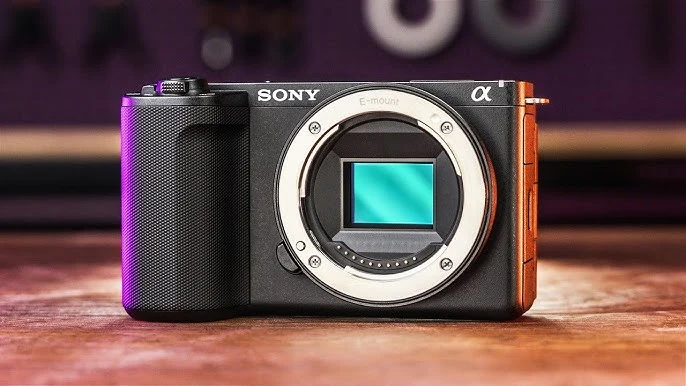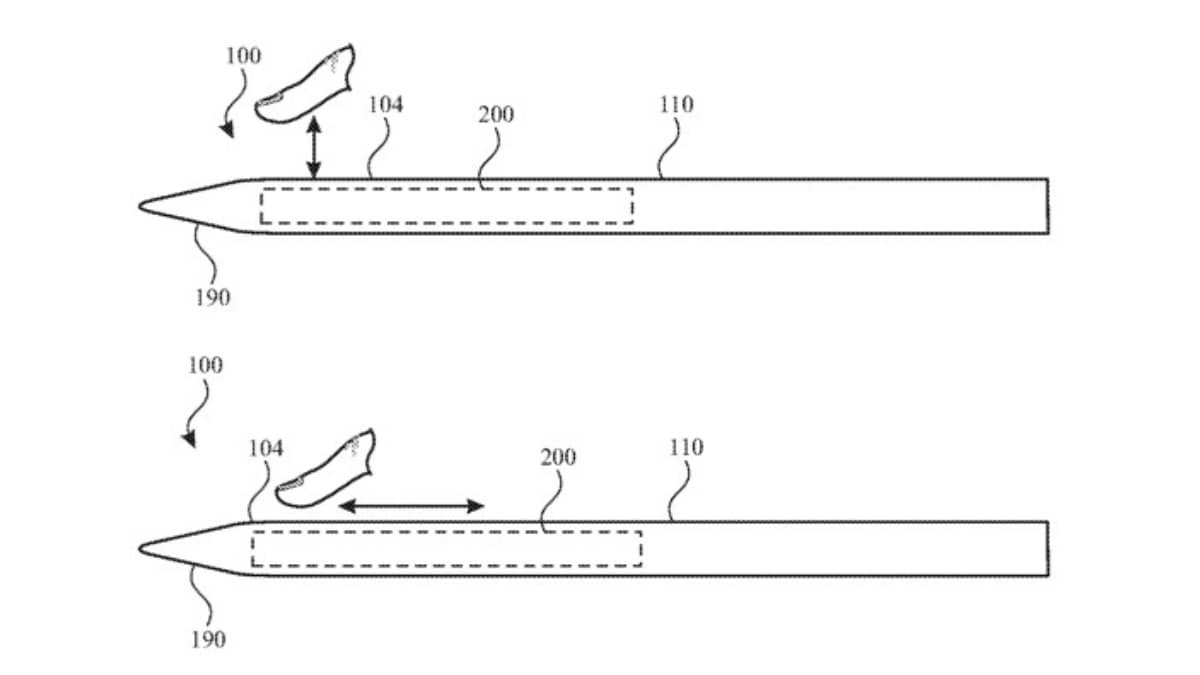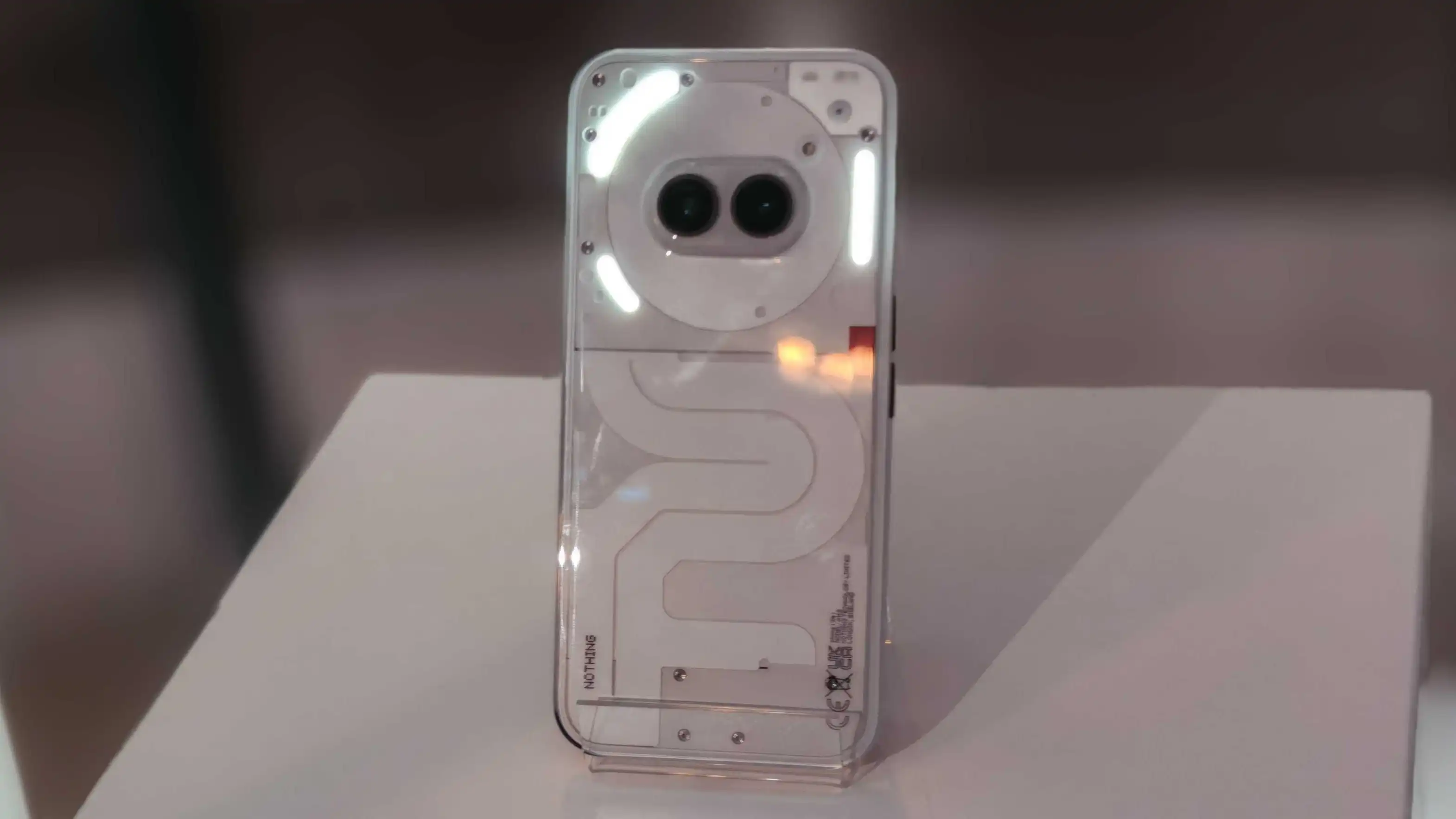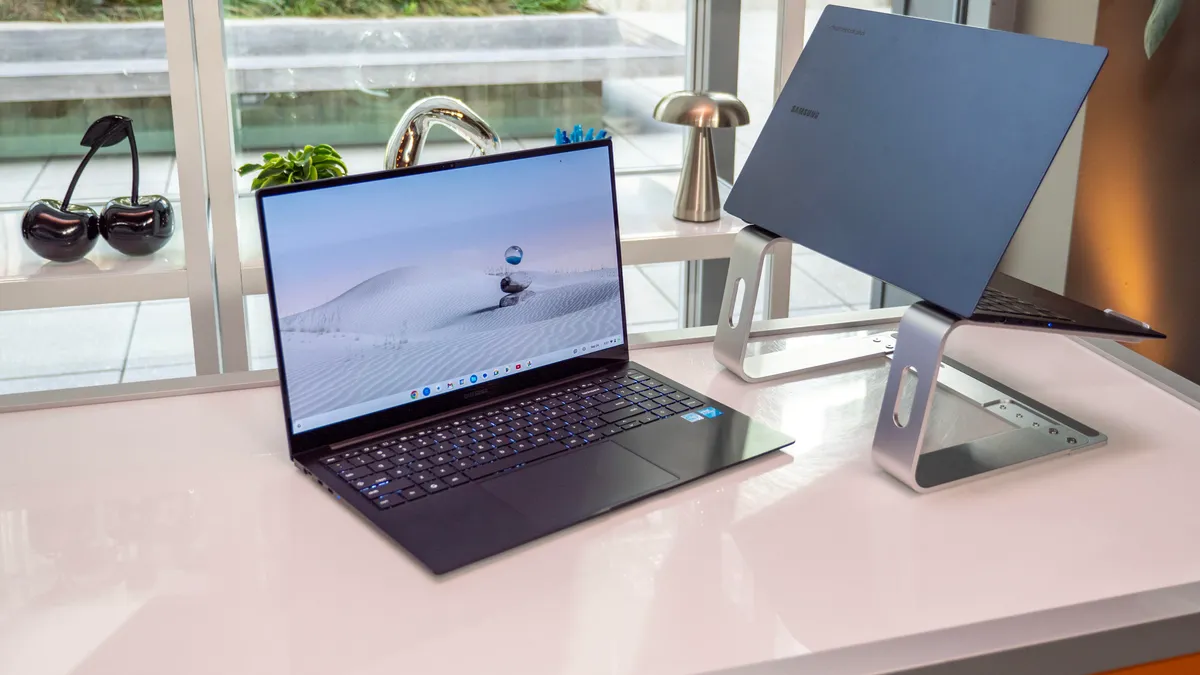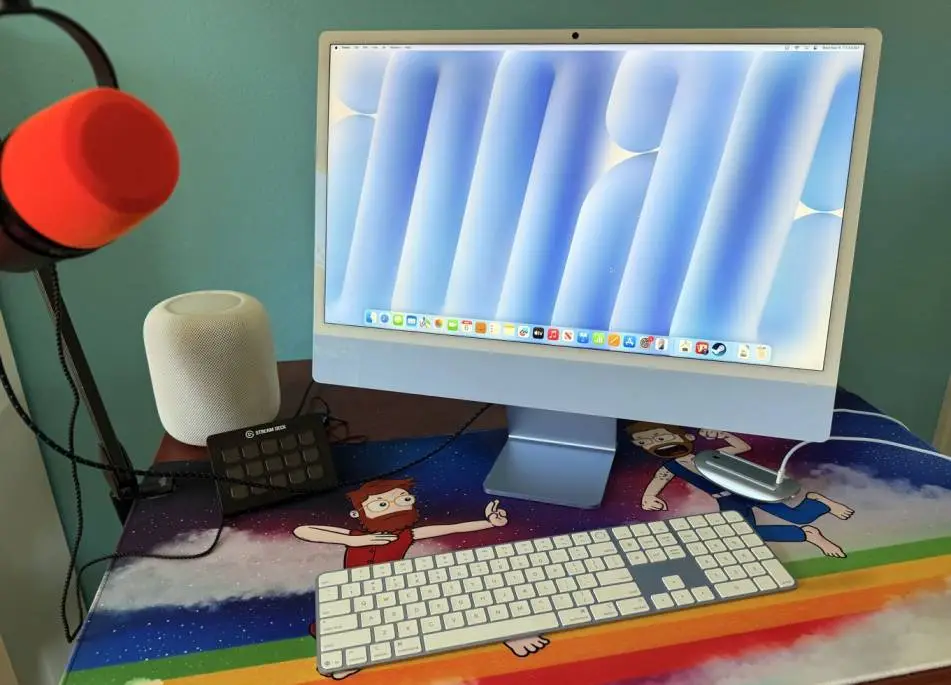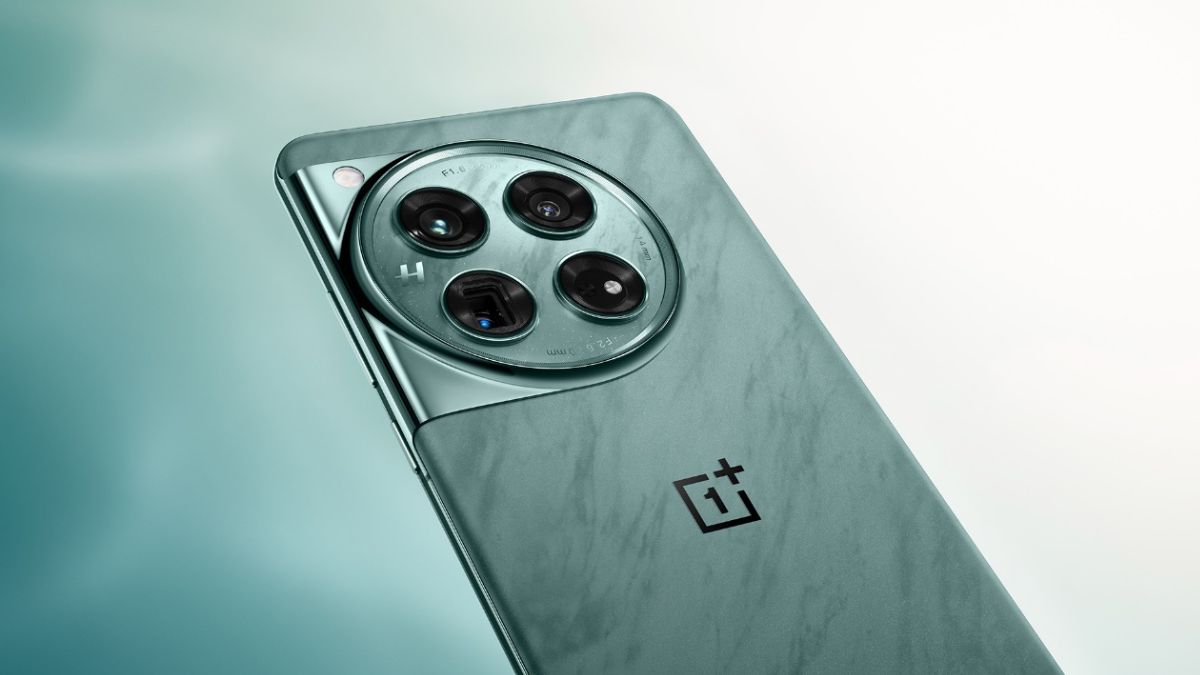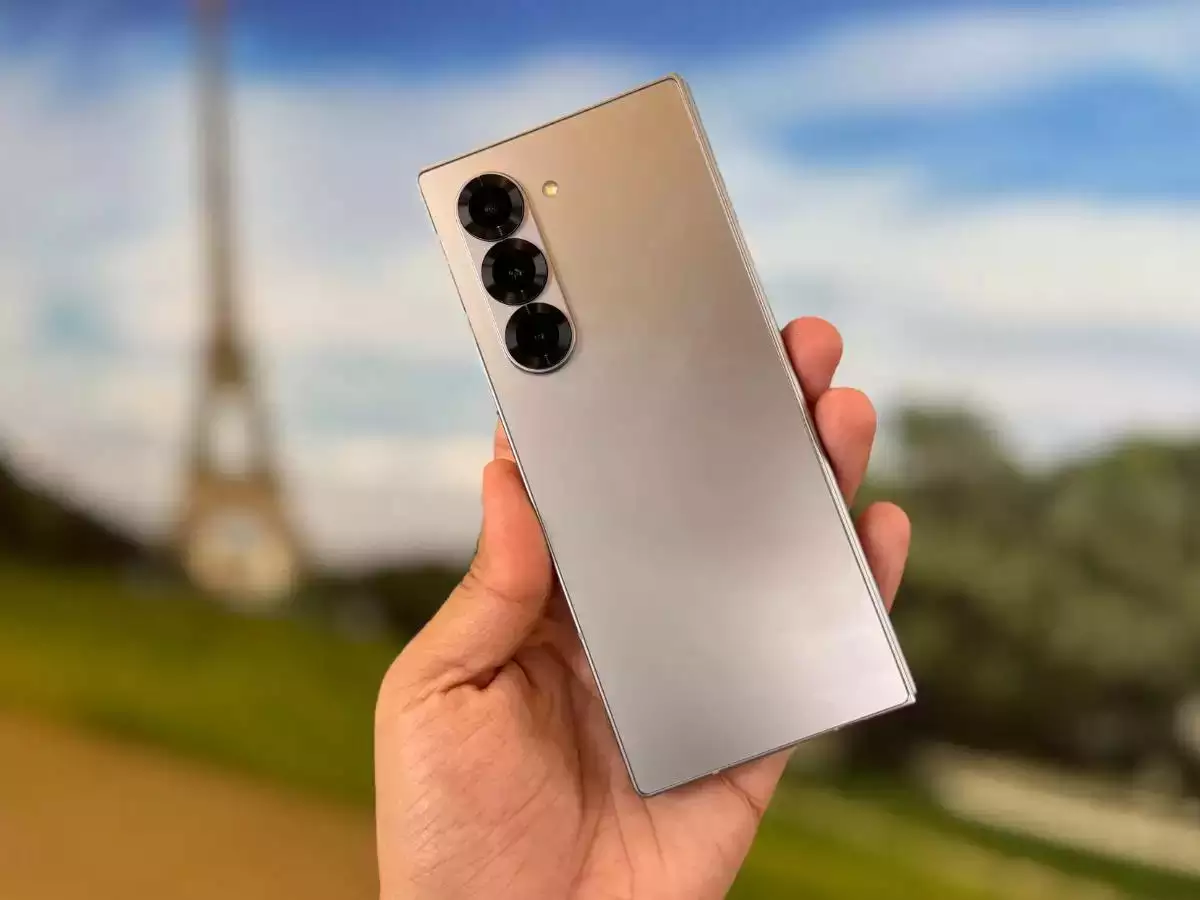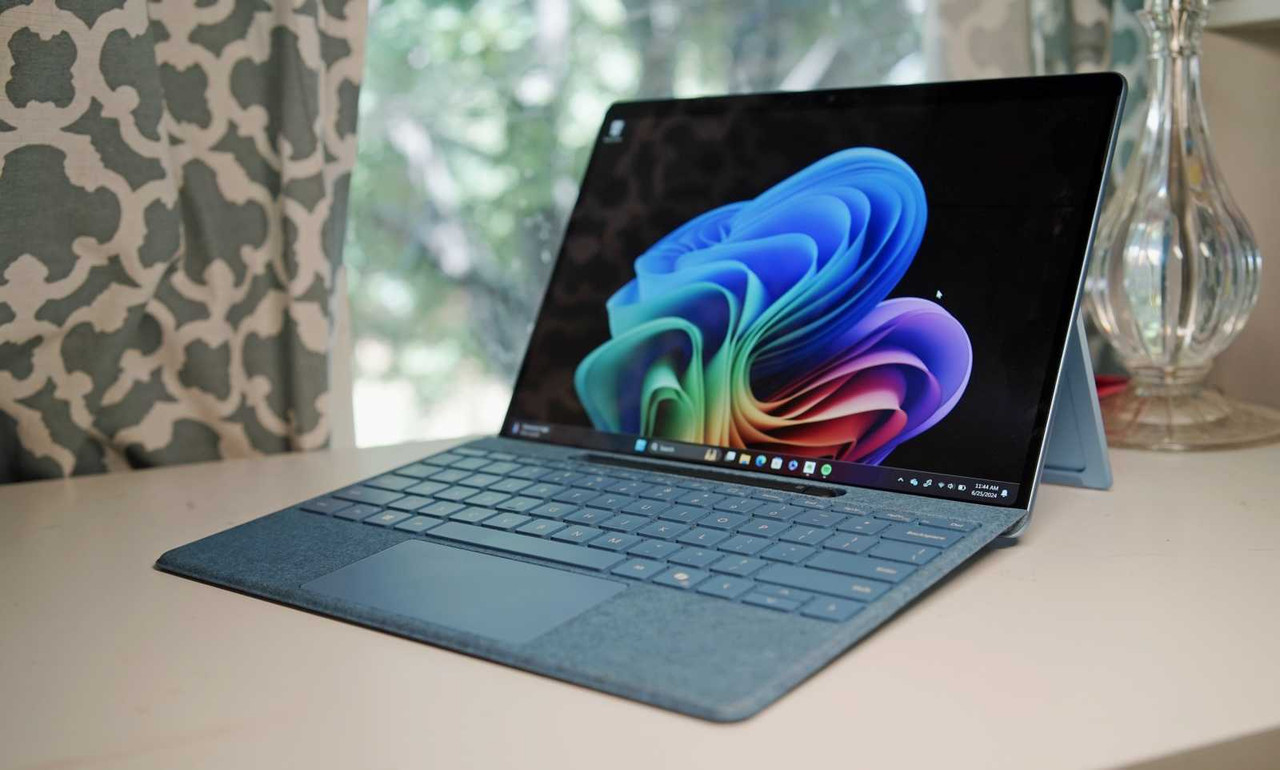Introduction
Sony launched the ZV-E10 II as the latest camera within its extensive line of APS-C sensor mirror less camera models. This camera replaces the first ZV-E10 model from 2021 yet the original version still appears in Sony's product lineup.
A peek at the characteristics of the ZVE10 II indicates that it shares most of its DNA with the A6xxx series cameras with their APS-C sensors, but it also inherits a number of critical capabilities from the logger-friendly ZV-1 series tiny cameras.
Sony has effectively blended the features featured in both ranges so that this new model places a clear emphasis on video whilst still enjoying the benefits of the bigger sensor size.
The Sony ZV-E10 II inherits its 26 megapixel Exmor R backside-illuminated (BSI) CMOS sensor from the A6700 camera with its most recent Bionz XR processing unit.
The ZV-E10 II contains a 100-32,000 natural ISO scale that progresses through two stops more to 204,800 without extending to ISO 50 for specific circumstances.
The Sony ZV-E10 II allows video capture at 4K/60p using 5.6K oversampled resolution or 6K oversampled resolution at 4K/30/25/24p. This can be done with either no stabilization or a 1.1x crop or with active stabilization at a 1.5x crop. Users can save H.265 or H.264 AVC files through All-intra compression but only either in 4:2:2 format or 4:2:0 format with 10-bit color resolution. The device supports S-Log3, S-Cinetone, LUT import alongside in-camera breathing control together with reduced rolling shutter effects.
Users have access to Slow and Quick motion which allows them to record 5x slow-motion videos at FHD/120fps while also offering 2.5x slow-motion at 4K/60fps resolution. The camera receives identical video Picture Profiles from A7-series larger full-frame models and comes equipped with 3.5mm headphone/mic connectors along with its directional microphone system and mini-HDMI port.
The ZV-E10 II features auto-focus enabled by 759 phase-detection points and 25 contrast points which work throughout the entire frame covering 94% of it while operating at -3EV low-light conditions.
This device includes a touchscreen-operable fully articulating vari-angle 1.03-million dot LCD monitor with 11fps burst shooting and continuous AF/AE tracking via mechanical shutter and electronic shutter but also features 4K/30p and 1080/60p live streaming through its 5Gbps USB-C port alongside Bluetooth and 5GHz wi-fi connectivity and a single SD UHS-II memory card slot.
The Sony ZV-E10 II exists in black and white versions and its body-only price reaches approximately £950 / €1100 / $999. The ZV-E10 II body comes at a price of £950 / €1100 / $999 and provides studios with two color options while the camera body together with the E PZ 16-50mm F3.5-5.6 OSS II kit lens carries a retail cost of £1050 / €1100 / $1099. It is produced in Thailand.
Ease of Use
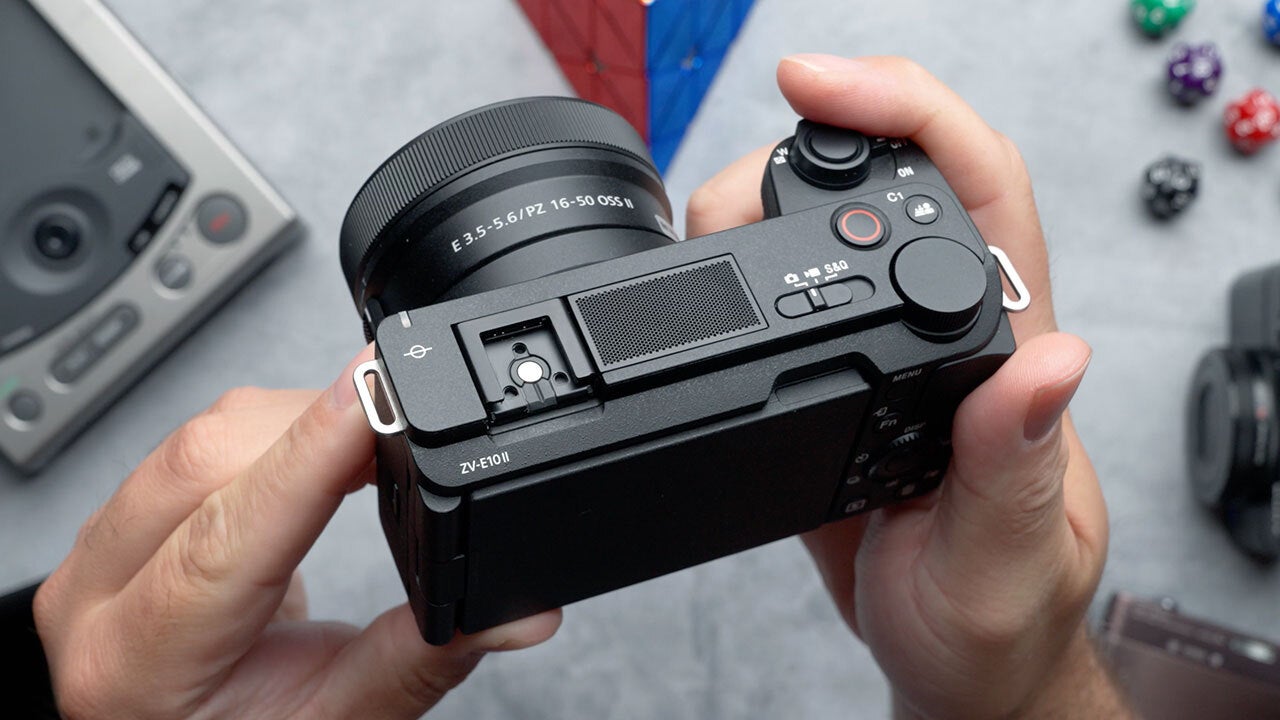
Externally the new Sony ZV-E10 II is quite similar to the original ZV-E10 camera, so much so that you'd be hard-pressed to tell them apart side-by-side.
Although they are superficially extremely identical, Sony have made a few noticeable enhancements to the new model.
Firstly, the hand-grip of the ZV10II has been made wider and more noticeable, largely to house the larger NP-FZ100 Z-series battery that has been inherited from the A6700.
This has greatly enhanced the battery life from 440 shots or 80 mins of video recording on the ZV10 to 610 shots or 130 minutes of video recording on the ZV10 II.
The Mode button on top of the original ZV10, which gave three options - Stills, Video and S&Q (slow-motion video) - has been replaced with a sliding switch that both removes the need to cycle among the three modes and more clearly tells you the presently selected mode at a glance. You still have to delve into the camera's menu system, though, to pick the Aperture Priority or Manual shooting modes, for example.
In addition, the Off/On switch on the original model has now been relocated to the right side of the zoom lever/shutter release button, which makes it much easier to turn the camera on and off while using it one-handed.
It still has a plastic, or polycarbonate, body, which has been selected to keep the cost of the camera down, but in-hand the body appears substantial enough. All the components fit beautifully together, there are no creaks or weak appearing joints, with everything being professionally designed and made.
The improved hand-grip is significantly deeper than the original, yet still very wide and pleasant to hold on to, which paired with the massive rear thumb rest makes the ZV-E10 II feel stable enough even while shooting one-handed.
The Sony ZV-E10 II still doesn't integrate any sort of weather sealing for added peace of mind in more adverse settings.
One of the primary changes from the A6xxx camera line is the deletion of an electronic viewfinder in lieu of merely the vari-angle LCD screen on the back and a 3-capsule directional mic on the top.
This is obviously a very substantial concession for stills shooters, less so for vloggers who will be more than comfortable utilizing just the back LCD screen to compose.
Image Quality
All of the example photographs in this study were taken on the 26 megapixel Extra Fine JPEG preset, which generates an average image size of roughly 13Mb.
The ZV-E10 II provides exceptionally clean output with minimal grain and detail loss. At ISO 6400 there's just a tiny increase in noise and degradation in detail, making this sensitivity entirely workable.
Only at ISO 12800 does grain and detail smoothing become more extreme, although it's by no means ugly. ISO 25600 is truly the ceiling for acceptable image quality, such is the high amount of grain, loss of detail and restricted dynamic range. ISOs 51200 and 102400 are best avoided because to the invasive grain and color speckling.
If you tune things down to more acceptable sensitivities, though, the ZV-E10 II records great dynamic range, especially when helped by Sony's Dynamic Range Optimisation. Good colour vibrancy offers further visual appeal while preserving accurate colour reproduction, but this of course may be changed to your personal choice in the camera settings.
Read Also: Fujifilm Instax Link Wide Review
Noise
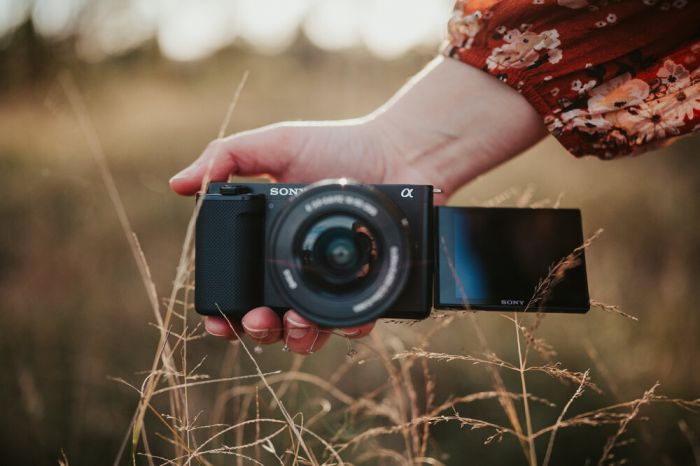
The Sony ZV-E10 II has a basic sensitivity range of ISO 100 to 32000, extendable down to ISO 50 and up to 102400. Auto ISO functions within an ISO 100-6400 range and has adjustable upper and lower limitations. Two degrees of high ISO noise reduction may be set - Normal, or Low - or the processing can be disabled.
File Quality
Four distinct JPEG picture quality levels available, with Extra Fine being the highest quality option. The ZV-E10 II also supports the HEIF file format with 2 choices available. There are 2 distinct Raw compression options, with Lossless Compressed being the highest quality option.
Conclusion
The ZV-E10 II is a very minor improvement of the original version from 2021 that tackles some important areas of weakness but noticeably neglects others.
Sony have made numerous major advancements to the auto-focus system, video quality (4K 10-bit 4.2.2!) and battery life, but oddly haven't added the subject-recognition AI processor from the A6700, allegedly in order to keep prices down.
With the conspicuous lack of IBIS, a mechanical shutter, an EVF and an ND filter, the ZV-E10 II keeps its emphasis on video rather than stills, and on mostly being used on a tripod or gimbal rather than hand-held.
Although the Active stabilisation option works very well in conjunction with a stabilized lens like the new 16-50mm power zoom, it does introduce a heavy 1.5x or 1.4x crop that demands you to use a wider-angle lens than typical.
The transition to the longer-life Z-series battery and the consequent wider handgrip are both extremely welcome, as is the transfer of the memory card slot from the battery compartment to the side of the camera and the adoption of the intelligent audio mic from the ZV-1.
Less pleasant is the substantially higher asking price, from £680 / €700 body-only for the ZV-E10 to £950 / €1100 for the Mark II is a fairly eye-watering hike that makes the little more costly A6700 more enticing than previously.
Overall, the ZV-E10 II offers better auto-focusing, video performance and battery life than the original, but removes the mechanical shutter, costs significantly more at launch and mystifyingly doesn't include subject-detection, making it somewhat less appealing than its predecessor despite the technological advances on offer.

